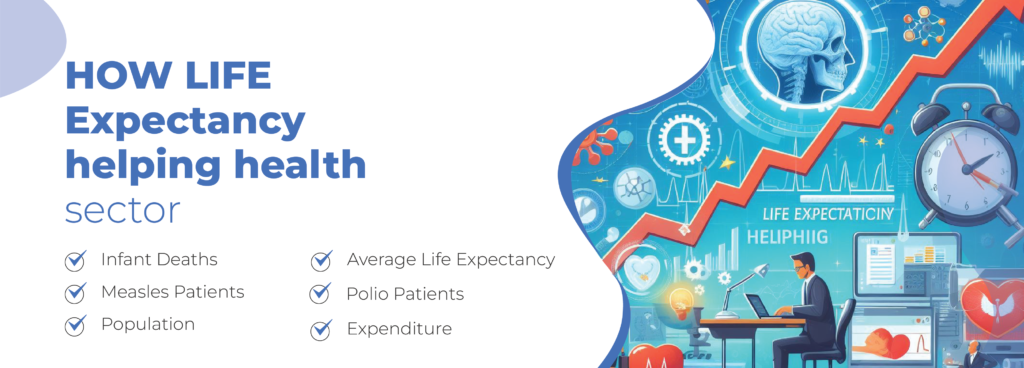Introduction:
In the ever-evolving landscape of global health and socio-economic indicators, understanding the factors that influence life expectancy is paramount. The advent of microdata lakes has empowered us with a powerful tool – the Life Expectancy Dashboard. This tool, equipped with an array of features ranging from health statistics to economic indicators, presents a holistic analysis of life expectancy across different countries. In this article, we delve into the significance of this dashboard and explore the potential insights it can offer.
The Life Expectancy Dashboard: A Comprehensive Overview
The Life Expectancy Dashboard is meticulously designed to capture a myriad of factors that contribute to life expectancy variations among nations. Let’s explore the key features that make this dashboard an invaluable resource for public health officials, policymakers, and researchers.
Alcoholic Persons:
The prevalence of alcohol consumption is a crucial factor influencing public health. The dashboard analyzes data on alcoholic persons, shedding light on its correlation with life expectancy and providing insights for targeted interventions.
Average BMI:
Body Mass Index (BMI) is a significant health indicator. By incorporating average BMI data, the dashboard allows for an exploration of the link between population health and life expectancy, aiding in the formulation of health policies.

Diphtheria Patients:
Infectious diseases impact life expectancy. The inclusion of diphtheria patient data enables a closer examination of disease prevalence and its repercussions on overall population health.
GDP (Gross Domestic Product):
Economic factors play a pivotal role in shaping healthcare infrastructure and accessibility. The dashboard’s integration of GDP data provides insights into the socio-economic determinants affecting life expectancy.
Hepatitis B Patients:
Chronic diseases, such as hepatitis B, can significantly impact life expectancy. The dashboard offers a platform to analyze the prevalence of hepatitis B patients and its potential implications on public health outcomes.
HIV/AIDS Patients:
The dashboard explores the correlation between the prevalence of HIV/AIDS patients and life expectancy. This insight is crucial for tailoring healthcare strategies to address the unique challenges posed by infectious diseases.
Infant Deaths:
Infant mortality rates are indicative of the overall health of a population. By incorporating data on infant deaths, the dashboard aids in understanding the vulnerabilities in healthcare systems and their impact on life expectancy.
Average Life Expectancy:
The central metric of the dashboard, average life expectancy, serves as a benchmark for assessing the overall effectiveness of healthcare and socio-economic policies in different countries.
Measles Patients:
The prevalence of preventable diseases, such as measles, is a key indicator of healthcare accessibility. The dashboard’s inclusion of measles patient data helps in identifying regions that may benefit from targeted vaccination and healthcare initiatives.

Polio Patients:
Polio remains a concern in certain regions. The dashboard’s analysis of polio patient data assists in understanding the persistence of infectious diseases and the need for sustained public health efforts.
Population:
Demographics are integral to understanding the health needs of a population. The dashboard’s consideration of population data enables a nuanced analysis of life expectancy trends in relation to demographic factors.
Expenditure:
Financial investment in healthcare is a key determinant of the quality and accessibility of medical services. The dashboard’s incorporation of expenditure data allows for an examination of the relationship between healthcare spending and life expectancy outcomes.
The Power of Insights:
The Life Expectancy Dashboard serves as a powerful tool for evidence-based decision-making. Public health officials can identify patterns, policymakers can formulate targeted interventions, and researchers can uncover correlations between health and socio-economic factors. This tool not only facilitates understanding but also empowers stakeholders to take proactive measures to enhance public health outcomes and address disparities among countries.
Conclusion:
In the global pursuit of improved public health, the Life Expectancy Dashboard stands as a beacon of insight. Its comprehensive analysis of diverse factors provides a roadmap for addressing challenges and optimizing strategies to enhance life expectancy across countries. As we navigate the complexities of health and socio-economic landscapes, this tool serves as a guiding light for evidence-based decision-making, fostering a healthier and more equitable world for all.




